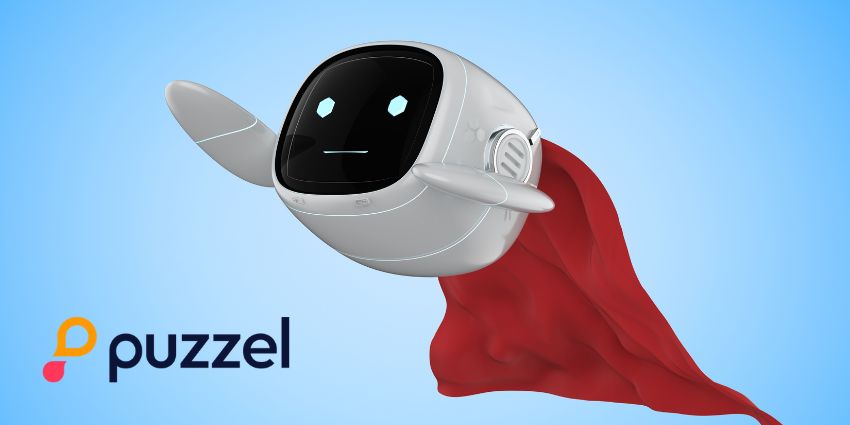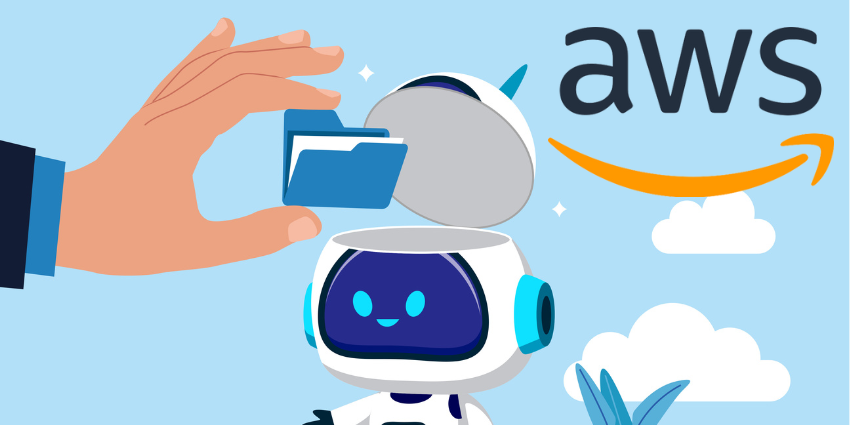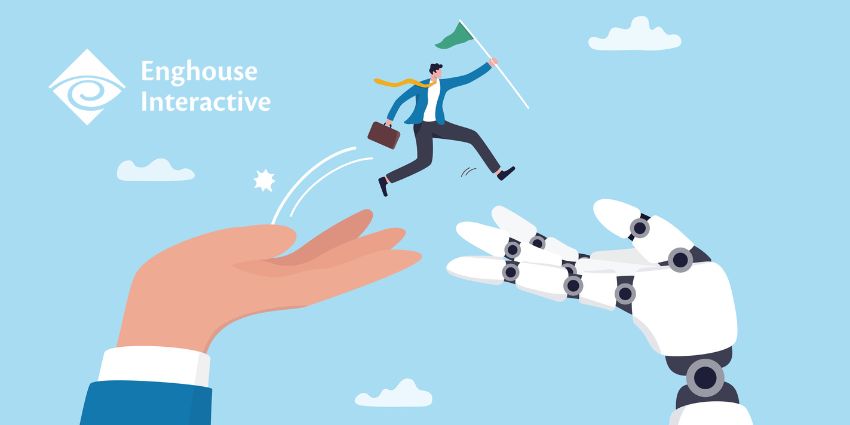Google has unveiled a new AI Mode agent designed to take on basic service tasks, starting with restaurant reservations.
The feature, currently locked behind the $250-per-month Google AI Ultra subscription, plugs into the company’s AI Mode for Search, which transforms the traditional results page into a Gemini-powered assistant.
For now, the agent’s functionality is limited. It can check live restaurant availability and link customers directly to booking platforms like OpenTable, Resy, and Tock.
However, future capabilities have already been mentioned, with Google planning integrations for local service appointments and event tickets via Ticketmaster, StubHub, SeatGeek, and Booksy.
This points to a much broader ambition: creating AI-powered ‘machine customers’ that can handle service interactions independently on behalf of humans.
The Machine-to-Machine Future
The idea of machine-to-machine customer service isn’t entirely new.
Google has been experimenting with customer-facing AI for years – from Duplex making dinner reservations in 2022, to its more recent ‘Ask for Me’ feature, which dials businesses for users.
Yet, as analysts recently discussed on The Big CX News Show, these latest moves feel less like a revolution and more like an incremental step.
“There are lots of challenges when it comes to authentication and identification,” said Derek Top, Senior Analyst at Opus Research.
What if your assistant makes the wrong decision or orders something you didn’t want? What are the ramifications around that?
Whilst Top has his reservations, others are cautiously optimistic.
Finbarr Begley, Senior Research Analyst at Cavell Group, highlighted how machine customers could help users bypass lengthy customer service interactions.
“The moment I can talk to my phone and get it to fill out a request at my bank to cancel a standing order, rather than going through customer service myself, we’re kind of winning,” he said.
The potential is clear: AI agents that talk directly to other systems and businesses, taking humans out of the process.
For time-consuming but simple tasks – from rescheduling a delivery to updating an account detail – machine-to-machine customer service could dramatically reduce friction.
Google’s Balancing Act
Despite the promise, some question whether Google can lead the way.
Indeed, according to Zeus Kerravala, Principal Analyst at ZK Research, the company has an unfortunate history of proving concepts that rivals later perfect.
Specialist startups, for example, are already building AI agents tuned to industries like healthcare and finance – a space where Google’s generalist approach may struggle.
Still, Google’s brand strength and reach shouldn’t be overlooked.
As Shelly Kramer, President and CEO at Kramer & Company, put it:
There is an opportunity for Google to do this right and to really leverage its reputation in the search area.
Are Enterprises Ready?
For enterprise buyers, the question isn’t just can Google deliver, it’s are they prepared to engage with machine customers?
Gartner predicts that by 2030, 15–20 percent of revenue will come from AI-driven customers – a shift that could fundamentally change how organizations think about service and sales.
The challenge is whether businesses are ready to adapt.
Some providers may be tempted to follow the IRS’s 2010 playbook, when it instructed agents to hang up on bots like LucyPhone.
Yet, as Daniel O’Sullivan, Senior Director Analyst at Gartner, warned:
I think you’re battling against the tide if you dig your heels in… customers will do whatever they want.
In practice, that means CX leaders must start preparing now.
Key priorities include:
- Authentication and Security: Establish robust systems to verify that a request from an AI agent is genuine.
- Infrastructure Redesign: Shift away from purely human-centric experiences. Websites and call flows built for persuasion and empathy will also need to support machines, which only care about data and outcomes.
- Commercial Models: Decide whether AI-handled interactions should be charged, discounted, or incentivized, and prepare for the loss of traditional upsell opportunities.
The stakes are high. As O’Sullivan noted, if machine customers take on more of the workload, businesses risk “no longer really having a connection with their customers at all” – a scenario that could leave them blind to preferences and erode opportunities for growth.
Google’s early moves show that the age of machine-to-machine customer service is edging closer. The real test will be whether enterprises are ready to serve not just human customers, but AI ones too.







